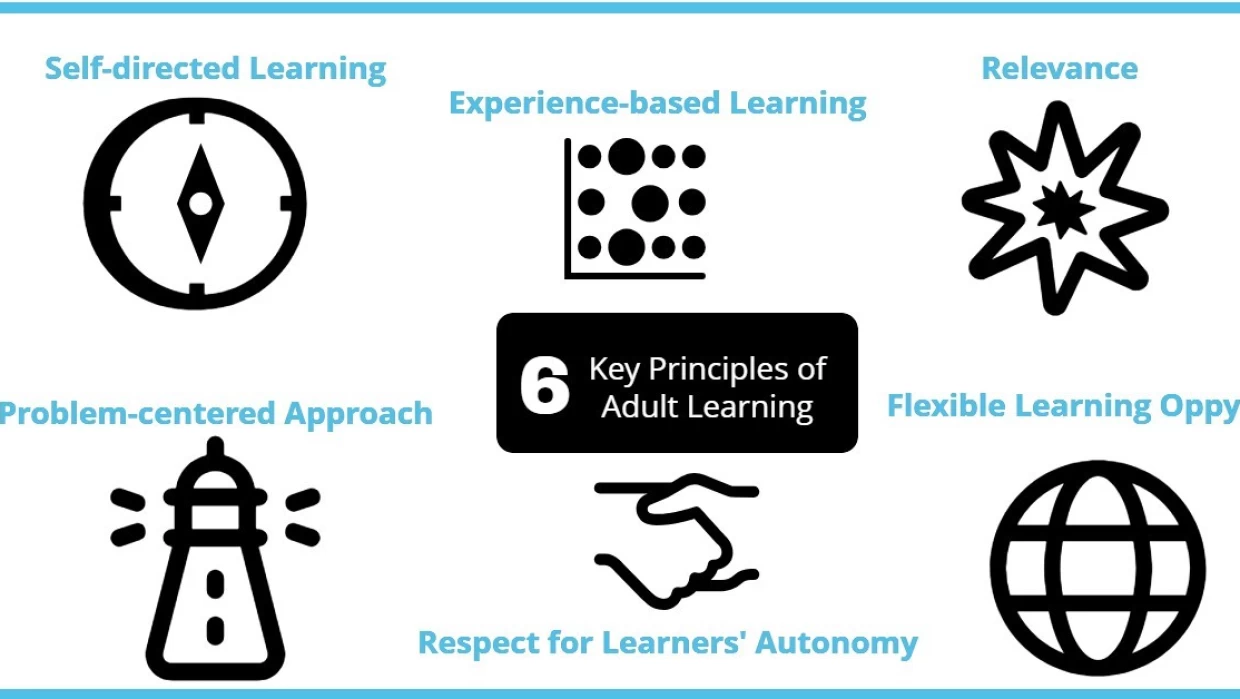Let's face it, the job market is evolving faster than ever. The SkillsDMC website tells us that employers are increasingly seeking graduates with industry-relevant skills. That's where Registered Training Organisations (RTOs) come in – you provide students with the knowledge and tools they need to thrive in their chosen fields. But what if there was a way to bridge the gap between theory learned in classrooms and practical application in real workplaces? Enter On-the-Job Training (OJT)!
On-the-Job Training (OJT) is important because it bridges the gap between theory and real-world experience for vocational education graduates in Australia. OJT benefits both RTOs by boosting graduate employability and employers by fostering a skilled workforce.
Benefits of OJT for RTO Graduates
Imagine you've just finished your vocational training program at an RTO. You've learned a lot in the classroom, but the real test is applying that knowledge in a real-world workplace. That's where On-the-Job Training (OJT) comes in – it's like the bridge between theory and practice, giving you the practical experience and confidence employers are looking for.
1. Enhanced Job Possibility:
Let's face it, a potential employer wants to see more than just a certificate on your resume. OJT provides you with that crucial hands-on experience. Think of it as a real-world internship where you get to apply everything you learned in the classroom to actual workplace scenarios.
For instance, if you completed a course in aged care, your OJT placement could involve assisting with daily activities for residents, learning proper documentation procedures, and interacting with healthcare professionals. This gives you a taste of the real work environment, the daily tasks involved, and the specific skills needed to excel in that field.
The Australian Skills Quality Authority (ASQA) highlights the importance of graduates having the opportunity to show their skills in a practical setting.
2. Developing Practical Skills:
Remember all that theory you learned in your RTO program? OJT allows you to put it all into practice! You'll be working alongside experienced professionals who can guide you and provide valuable feedback. This hands-on learning experience helps you solidify your understanding of key concepts and develop the specific skills needed for the job.
For example, if you're completing an OJT placement in construction, you might learn how to use specialized equipment, apply safety protocols on a work site, and interpret blueprints for practical application. These are the kinds of skills employers value, and OJT gives you the platform to refine them under expert supervision.
3. Shift into the Workforce:
Let's be honest, starting a new job can be confusing. OJT helps ease that transition by giving you a taste of the workplace culture and expectations before you officially start your career. You'll learn about communication styles, teamwork dynamics, and professional manners within your chosen field. This firsthand experience helps you adapt and merge seamlessly into your new role.
Think of it like a practice run for your future career. You get to observe how things work in a real-world setting, ask questions, and gain confidence in your abilities. This prepares you for the day-to-day realities of the job and reduces the learning curve once you're officially employed.
Benefits of OJT for RTOs
Employers in today's competitive employment market want graduates who can get started right away. They want someone with the necessary abilities and expertise to make an immediate and significant contribution. To provide its graduates with the real-world experience that employers need, RTOs can use On-the-Job Training (OJT), an effective resource.
Here's how OJT benefits RTOs in a big way:
1. Improved Graduate Employability Rates
Think about it: graduates with real-world experience under their belts are more likely to catch the eye of potential employers. The Australian Skills Quality Authority (ASQA) highlights the importance of quality vocational education, which includes strong practical training components. By offering OJT placements, RTOs demonstrate their commitment to providing graduates with the practical skills and experience employers are looking for. This means higher graduate employment rates, which is a key performance indicator (KPI) for RTOs. Imagine the positive impact on your reputation and student satisfaction when your graduates land jobs quickly!
2. Stronger Industry Partnerships
Collaboration is key! When RTOs partner with businesses to provide OJT placements, they're not just helping their students; they're also building valuable relationships with industry leaders. These partnerships allow RTOs to stay up-to-date on the latest industry trends and skill requirements. Think of it as a direct line to what employers truly need from their workforce. This valuable information can then be used to tailor training programs to ensure they remain relevant and meet the ever-evolving needs of the job market. It's a win-win situation – employers get to train potential future employees, and RTOs can refine their programs to produce graduates who are in high demand.
3. Meeting Industry Standards & Regulations
The Australian Skills Quality Authority (ASQA) places a strong emphasis on practical training and assessment as part of quality vocational education programs. By incorporating OJT placements into their training programs, RTOs demonstrate their commitment to meeting these essential standards. This not only ensures keeping with regulations but also shows your dedication to providing a high-quality education that prepares graduates for real-world success.
Effective OJT Methods
So you've got the advantages of on-the-job training (OJT) for your RTO and its graduates. Now let's look at how to make OJT integration an effortless and effective procedure. Remember, it's all about teamwork and open communication among three important players: the RTO, the firm offering the placement, and the trainee.
Collaboration:
Think of OJT as a three-legged stool – it only stands strong when all three legs work together. The Australian Skills Quality Authority (ASQA) emphasizes the importance of collaboration between RTOs and industry partners. Practical Training and Assessment | Australian Skills Quality Authority (ASQA).
Here's why:
RTOs: You bring expertise in curriculum development, assessment processes, and understanding the specific learning needs of your trainees.
Employers: You offer a real-world workplace environment, practical tasks, and experienced mentors who can guide trainees.
Trainees: They bring a readiness to learn and the willingness to apply their knowledge in a practical setting.
By openly communicating and working together, you can create a rich learning experience for trainees that benefits everyone involved. Here are some practical ways to encourage collaboration:
Regular meetings: Schedule regular meetings with employers to discuss trainee progress, address any challenges, and ensure alignment with learning objectives.
Clear communication: Establish clear communication channels between RTO staff, employers, and trainees. This could involve selected contact points, online platforms, or progress reports.
Joint training sessions: Consider co-hosting training sessions with employers to ensure a shared understanding of expectations and assessment criteria for OJT placements.
Clear Learning Objectives:
Imagine setting off on a road trip without a map – not ideal, right? The same goes for OJT. Clear learning objectives are your roadmap, outlining what a trainee is expected to achieve during their OJT placement.
Here's how to define clear learning objectives for OJT:
Align with Training Program: Ensure OJT learning objectives directly correspond with the competencies and skills outlined in your RTO's training program.
Measurable & Specific: Objectives should be specific, measurable, achievable, relevant, and time-bound (SMART).
For example, instead of "gain experience in customer service," you could say "demonstrate effective communication skills by resolving customer inquiries within a two-minute timeframe."
By having clear learning objectives in place, you can ensure that OJT placements provide targeted and relevant learning experiences for your trainees.
Qualified Mentors Make the Difference:
Think back to your own learning experiences. Did you have a teacher or mentor who truly made a difference? In OJT placements, qualified workplace mentors play a crucial role in guiding and supporting trainees.
Here's why mentors are essential:
Provide Practical Guidance: Mentors can offer on-the-spot guidance and feedback, helping trainees navigate workplace challenges and refine their skills.
Bridge the Gap: Mentors can bridge the gap between theoretical knowledge and practical application, explaining real-world scenarios and industry best practices.
Boost Confidence: A supportive mentor can boost trainee confidence and motivation, fostering a positive learning environment.
To ensure effective mentorship, encourage employers to provide qualified mentors who:
Possess relevant industry experience and expertise.
Have strong communication and interpersonal skills.
Understand the RTO's training program and learning objectives.
Ready to take the next step? Start exploring ways to integrate OJT opportunities into your training programs. Consider collaborating with local businesses in your area, developing clear learning objectives for OJT placements that align with your training program, and identifying qualified workplace mentors who can effectively guide and support your trainees.
Learning Options can be your partner in success! We offer a range of qualifications specifically designed to equip educators with the skills and knowledge they need to excel in the vocational training sector:
Trainer Assessor Course: TAE40122 Certificate IV in Training and Assessment: This nationally recognized qualification provides a strong foundation in designing, delivering, and assessing vocational education and training programs, including those with OJT components.
Diploma of Vocational Education and Training: This program teaches vocational education and training principles, certifying educators to create and deliver high-quality training materials that are relevant to current industry needs.
Diploma of Training Design and Development: This program prepares educators with advanced skills in designing and developing engaging and effective training programs, ensuring knowledge is transferred seamlessly.
Don't let your graduates miss out on the competitive edge OJT provides. Explore the possibilities and invest in their future today!
By partnering with Learning Options, you can ensure your RTO delivers exceptional training programs that prepare graduates for successful careers.
Get in Touch with Learning Options Today!
FAQ
What is the link between training and assessment?
Answer: Training in the industry can help a student build the information and skills they need before completing an exam.
What are the objectives of training and assessment strategies?
Answer: The TAS's initial goal is to offer a framework for a consistent and complete process of planning and documenting the design of a new course.
Do you have to be an RTO to provide training?
Answer: Absolutely! If you want to provide nationally approved training in Australia, you must become a registered training organization (RTO).
Why is assessment an important component of a training program?
Answer: A training needs assessment identifies performance requirements as well as the knowledge, skills, and abilities required by an agency's personnel to meet them.
Why does an RTOS need to do validation?
Answer: This approach ensures that the assessment tools contain valid, trustworthy, sufficient, current, and real evidence.




































We would be delighted if you could get in touch with us.
Your email address will not be published. Required fields are marked